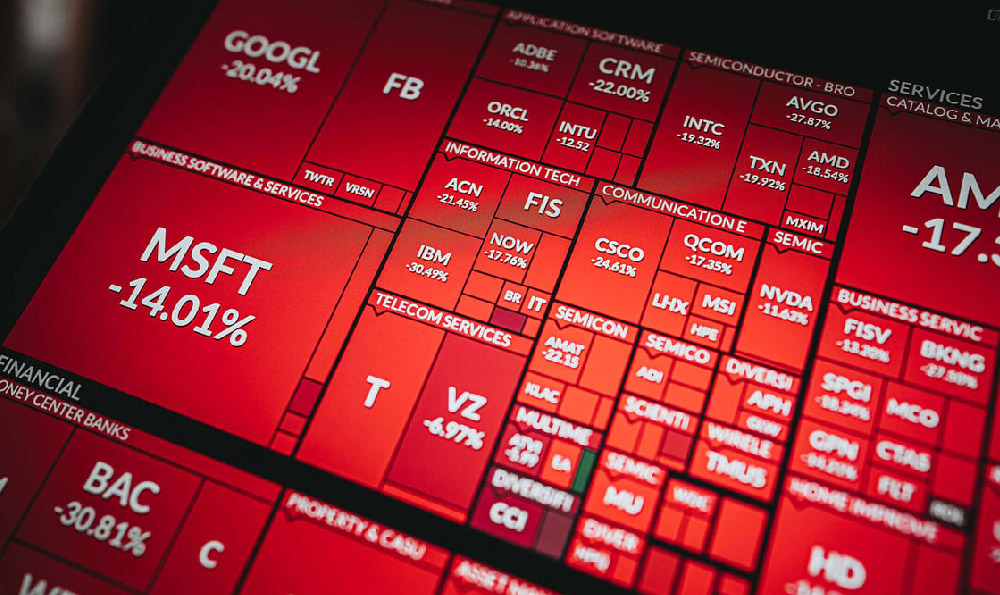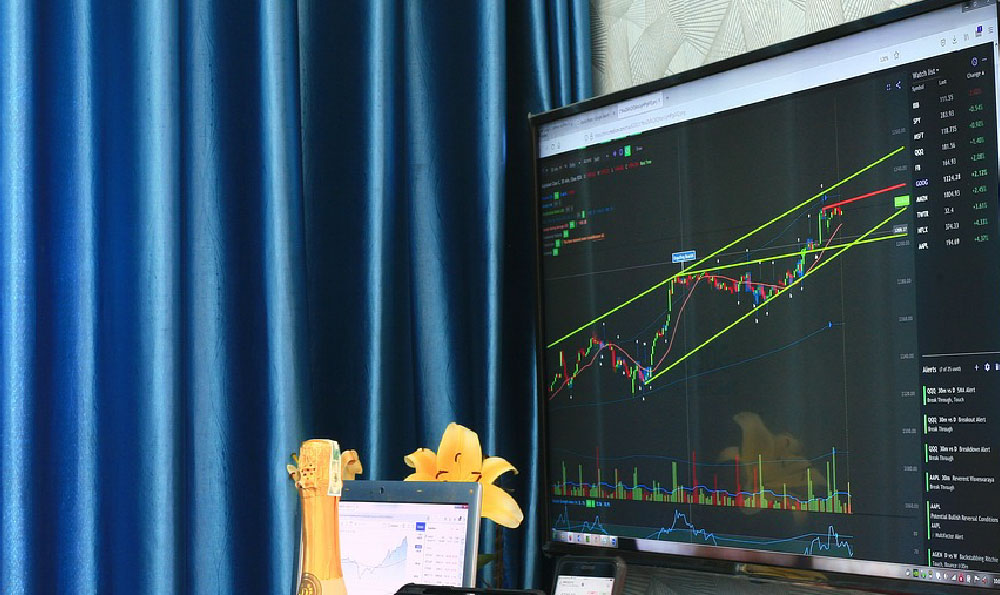How Many YouTube Subscribers Do You Need To Monetize? And How Much Can You Earn?
Monetizing a YouTube channel is a dream for many aspiring content creators. It transforms a hobby, a passion, or a skill into a potential source of income. However, the path to YouTube monetization isn't always straightforward. Understanding the eligibility requirements, the various monetization methods, and the potential earnings are crucial for anyone looking to make money from their YouTube content.
The primary hurdle to cross for monetization is meeting YouTube's eligibility criteria for the YouTube Partner Program (YPP). While the number of subscribers is a key component, it's not the only one. To be eligible for monetization, you need at least 1,000 subscribers. This requirement serves as a gatekeeper, ensuring that channels applying for monetization have a minimum level of engagement and audience interest. However, simply hitting the 1,000-subscriber mark doesn't automatically guarantee acceptance into the YPP.
Beyond the subscriber count, you also need to accumulate 4,000 valid public watch hours within the past 12 months. This metric is just as important as the subscriber count, if not more so. It reflects the actual viewing time your content generates, demonstrating that people are genuinely engaging with your videos. YouTube analyzes these watch hours to assess the quality and appeal of your content. Short, low-quality videos that barely get any views won't contribute significantly to reaching this threshold. The focus should be on creating engaging and informative content that encourages viewers to watch for longer periods.

Furthermore, adherence to YouTube's monetization policies is non-negotiable. Your channel must comply with all of YouTube's community guidelines, copyright rules, and advertiser-friendly content guidelines. This means avoiding content that is sexually suggestive, violent, hateful, discriminatory, or promotes illegal activities. Copyright infringement is a major red flag; using copyrighted music, video clips, or images without proper authorization can lead to strikes against your channel and ultimately disqualify you from monetization. It's vital to understand and meticulously follow these policies to ensure a smooth monetization process.
Once you meet the eligibility requirements and your application to the YPP is approved, the next question is, "How much can you earn?" The answer, unfortunately, isn't a fixed number. YouTube earnings are highly variable and depend on a complex interplay of factors. One of the most significant factors is the Cost Per Mille (CPM) or Cost Per Thousand views and Revenue Per Mille (RPM) or Revenue Per Thousand views. CPM represents the amount advertisers pay for one thousand views of their ads, while RPM reflects the actual revenue you earn for every one thousand views after YouTube takes its cut (typically 45%).
CPM and RPM fluctuate based on several variables, including the niche of your channel, the geographic location of your audience, the season of the year, and the type of ads being displayed. Channels focusing on high-value niches, such as finance, technology, or education, tend to attract higher CPMs compared to channels focused on entertainment or gaming. This is because advertisers are willing to pay more to reach audiences interested in these specific topics. Similarly, audiences in developed countries like the United States, Canada, and Europe generally have higher CPMs than audiences in developing countries. This is due to the higher purchasing power and advertising rates in these regions.
The type of ads displayed on your videos also influences your earnings. Display ads, overlay ads, and sponsored cards typically generate lower CPMs than skippable video ads or non-skippable video ads. The more engaging and interactive the ad, the higher the CPM. Furthermore, ad rates tend to be higher during certain times of the year, such as the holiday season, when advertisers are actively promoting their products and services.
Beyond ad revenue, there are several other ways to monetize your YouTube channel. Channel memberships allow viewers to become paying members of your channel in exchange for exclusive perks, such as custom badges, emojis, and access to members-only content. Super Chat and Super Stickers enable viewers to highlight their messages in live chats during live streams by paying a fee. Merchandise shelves allow you to sell branded merchandise, such as t-shirts, mugs, and phone cases, directly from your YouTube channel. YouTube Premium revenue is another source of income; you earn a portion of the subscription fees paid by YouTube Premium members who watch your videos.
Affiliate marketing is another lucrative monetization strategy. By promoting products or services in your videos and including affiliate links in the description, you can earn a commission for every sale generated through your links. Sponsorships and brand deals involve partnering with companies to create sponsored content, such as product reviews or tutorials, in exchange for a fee. These collaborations can be highly profitable, but it's important to choose sponsors that align with your channel's values and audience interests.
Ultimately, the amount you can earn from YouTube depends on a combination of factors, including your subscriber count, watch hours, CPM, RPM, monetization methods, and audience engagement. Building a successful and profitable YouTube channel requires dedication, consistency, and a deep understanding of the platform's algorithms and monetization policies. It's not a get-rich-quick scheme, but with hard work, strategic planning, and a genuine passion for creating valuable content, it is possible to turn your YouTube channel into a sustainable source of income. Remember to continuously adapt to changes in the YouTube landscape, experiment with different monetization strategies, and always prioritize creating high-quality content that resonates with your audience. Building trust and loyalty with your viewers is the foundation for long-term success on YouTube.















